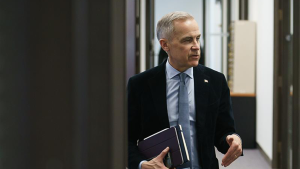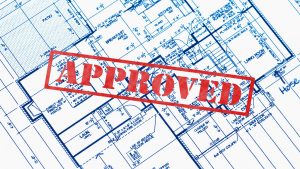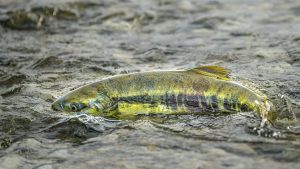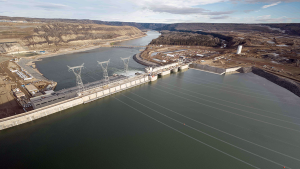Taseko Mines Ltd has run into another road block in the construction of its proposed $1.1 billion gold-copper mine near Williams Lake, B.C.
Numerous deficiencies have been identified by federal regulators in the project’s environmental impact statement.
“Based on its own review and on the comments received, the panel has determined that additional information is required to support and supplement the information provided in the EIS (Environmental Impact Statement) and to fulfill the requirements of the EIS Guidelines issued in March 2012,” said Bill Ross, chair of the Federal Review Panel for the New Prosperity Gold-Copper Mine project.
“The panel is of the view that the additional information requested is necessary for the panel to determine if the EIS is sufficient to proceed to public hearing.”
A federal panel has completed its review of the EIS submitted by Taseko on Sept. 26, 2012 for the proposed project.
As part of this process, Ross made a request for additional information to Taseko’s director of environment and government affairs Katherine Gizikoff in a letter dated Dec. 10.
Ross’s letter to Gizikoff provides an extensive list of 50 information requests, with 10 of these requests directly relating to the environmental impacts on Fish Lake.
For example, the panel asked Taseko to “undertake further site investigations adjacent to Fish Lake aimed at better characterizing hydraulic conductivities in the area and thereby improving confidence in predictions of pit dewatering effects on groundwater interactions with Fish Lake.”
The results from the initial tests in 1994 were considered to be unreliable, possibly due to problems with the testing procedure.
However, Taseko has not undertaken any further site investigation work to confirm the original pump test results.
Late last month, Ross sent a separate letter to Gizikoff that identified another major deficiency in Taseko’s EIS.
“The approach excludes a number of valued ecosystem components and key indicators from the cumulative-effects assessments,” he said.
Given the importance of this deficiency, the panel is submitting this information request in advance of other information requests.
“The panel is of the view that this information, as well as responses to the forthcoming requests are required for the panel to determine if the EIS is sufficient to proceed to public hearing,” said Ross.
The panel will determine if the EIS is sufficient to proceed to public hearing based on its own review and on its review of the comments received from the public.
Taseko responded to Ross’ request with a letter that expressed both disappointment and disagreement with the panel’s decision.
“While we appreciate the opportunity to respond to information requests at an early date, it is discouraging that the panel has used an apparent technicality to stop the timeline remaining for the panel to complete its review,” said John McManus, Taseko’s senior vice-president of operations.
Taseko doesn’t agree that there is a deficiency in the EIS related to the approach that was used to assess the cumulative effects, which would cause the panel to determine that the EIS is not sufficient to proceed to panel hearings.”
He said a previous federal panel review of Taseko’s earlier environmental-impact statement in 2009 expressed concerns over cumulative impacts related to fish and grizzly bears.
However, the company’s revised statement addresses those concerns.
For this reason, McManus is disputing the decision and insists there is no need to complete additional cumulative-effects assessments.
The Canadian Environmental Assessment Agency (CEAA) ruled on Nov. 7, 2011 that the New Prosperity Gold-Copper Mine project near Williams Lake, B.C., will undergo a new environmental assessment.
The CEAA will conduct a panel process, which includes holding public hearings and preparing its report, which is expected to take no more than 12 months, in total.
The federal government rejected the original proposal for the construction of the mine in October 2010 because the project would have significant adverse environment impacts.
For this reason, the environment minister instructed the CEAA to assess whether or not the new proposal addresses the environmental effects identified in the original assessment.
He directed the CEAA to ensure that information obtained during the previous environmental assessment is used as much as possible to ensure a timely decision










Recent Comments
comments for this post are closed